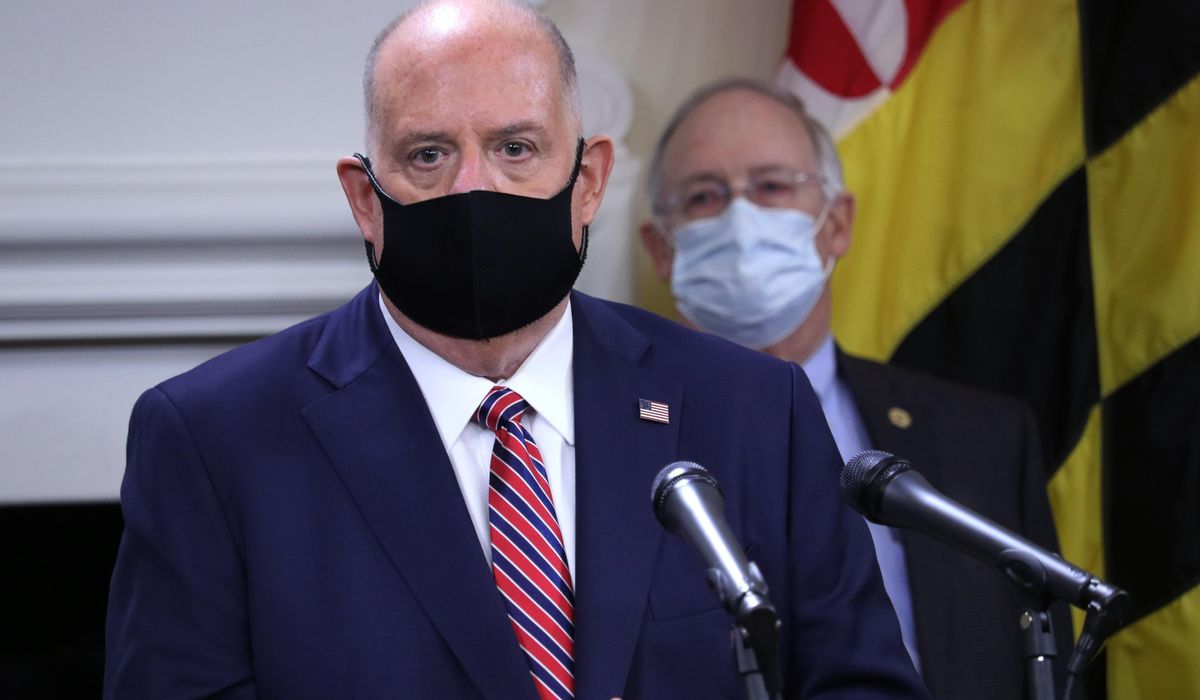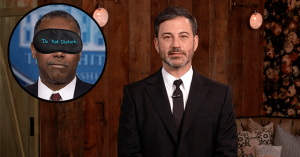ANNAPOLIS, Md. (AP) – Hospitalizations from the coronavirus continued to climb in Maryland, as the state reported Tuesday morning that 54 more people were hospitalized compared with the previous day.
The total number of people hospitalized with COVID-19 increased to a total of 761, the highest since June.
Maryland also reported 1,338 new cases. It marks the seventh straight day the state has had at least 1,000 cases. Maryland has confirmed more than 156,000 virus cases since the pandemic began. The state also reported 12 more deaths. Maryland has reported a total of at least 4,084 virus-related deaths.
Republican Gov. Larry Hogan has scheduled a news conference for 5 p.m. Tuesday. Last week, Hogan warned of a surge. On Monday, he wrote on Twitter that the state has reached a “critical turning point” in the fight against COVID-19.
Meanwhile, the state health department announced the launch of a new app for people with smartphones to receive notification if they might have been exposed to someone who tested positive for the coronavirus.
“MD COVID Alert complements our traditional contact tracing efforts to notify users of possible exposure to help contain the virus,” said Health Secretary Robert Neall. “I encourage Marylanders to use MD COVID Alert to help protect the people around them, including those they might not know directly.”
Starting Tuesday, state residents with an iPhone or Android smartphone will receive a push notification inviting them to receive exposure notification alerts. IPhone users will be able to opt in by enabling exposure notifications in their phone’s settings and selecting Maryland as their region. Android users will be prompted to opt in by installing the MD COVID Alert app from the Google Play Store.
The app is available at no cost and is voluntary. Users can disable exposure notifications at any time.
The health department says the alert system was specifically designed to protect privacy. For example, the department says users remain anonymous, their location is never tracked, and no data is collected from their smartphones.
The system uses Bluetooth technology to detect if two devices are near each other without revealing where the devices are or whom they belong to. The system assigns users a random number. To ensure these random IDs cannot be used to identify users or their whereabouts, they change every 10 to 20 minutes, the state said.
___
Follow AP coverage of the pandemic at https://apnews.com/VirusOutbreak and https://apnews.com/UnderstandingtheOutbreak.



















